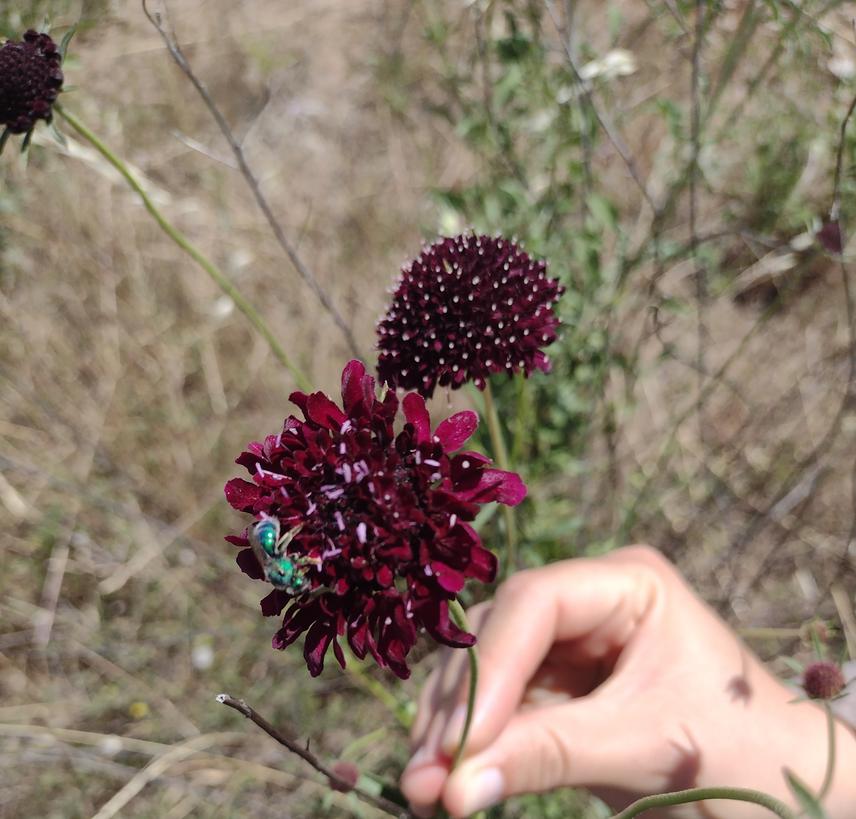Sofia Graffigna
Bees and wasps play a fundamental role in the health of ecosystems through processes such as pollination (ensures the reproduction of plants of nutritional and economic importance) and natural biological control (regulates populations of spiders, arthropods and other crop pests, diseases and weeds). Both bees and wasps are experiencing population declines and the main causes are urbanization and climate change. Urbanization can exert selective pressure on certain traits in animals, leading to ecological and evolutionary changes. There are characteristics in bees and wasps that can make them more vulnerable to certain ecosystems. Body size is a determining trait for individuals in a population. Larger individuals are known to be better pollinators than smaller individuals of the same species because they carry more pollen and have greater flight ranges. Females with larger body sizes have the ability to generate a greater number of offspring and the body size of an adult is directly proportional to the amount of food that the larva ingests during its development. A larger wasp will have an easier time hunting. Solitary females with good feeding conditions, the sex ratio of the offspring is biased towards females, who have higher energy requirements than males. Urbanization could be affecting body size and/or sex ratio. In any case, little is known about the situation of bees and wasps that nest in pre-existing cavities within cities with different degrees of urbanization.

Green areas and urban reserves that have a good abundance and diversity of floral resources, will be able to house wild wasps and bees, and in turn, will contribute to the maintenance of the local flora. The objective of my work will be to determine the influence of urbanization on reproduction, body size and sex ratio in communities of bees and wasps that nest in pre-existing cavities along an urban gradient. Therefore, conservation plans for pollinators and biological controllers (such as the incorporation of hotels for insects) can be generated to mitigate the impact of global change and maintain ecosystem services. In addition, from this work, planning strategies for urban green areas could be generated. Although the work is directed primarily at the conservation of native bees and wasps, these projects would also contribute to the conservation of native flora in general. With this information I will help prevent the loss of pollinators and will also contribute to improving the quality of life of citizens and environmental safety.